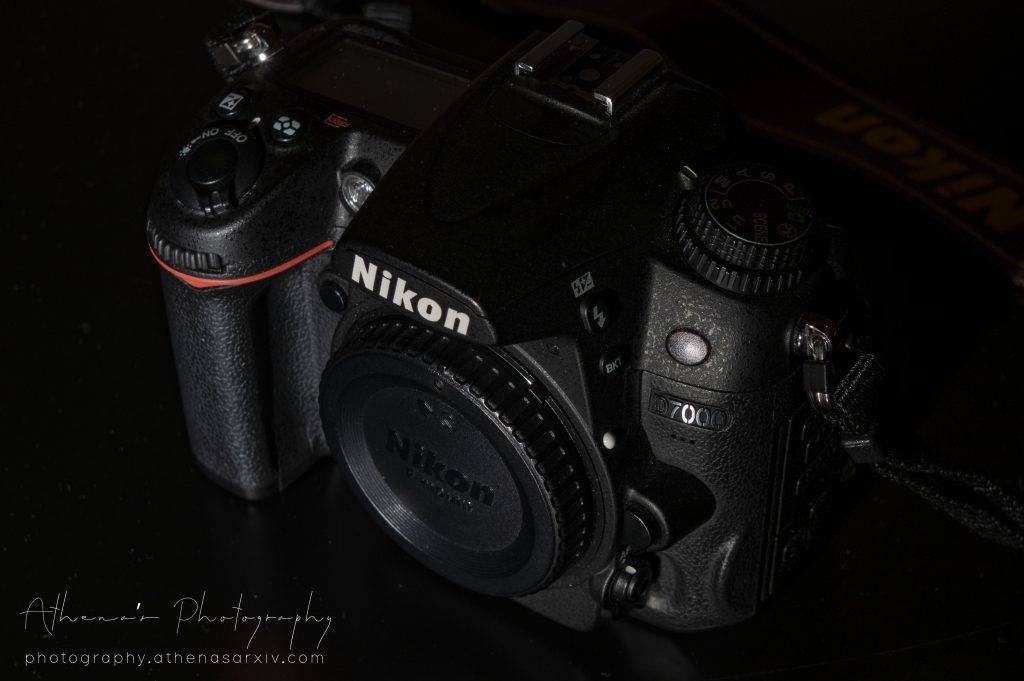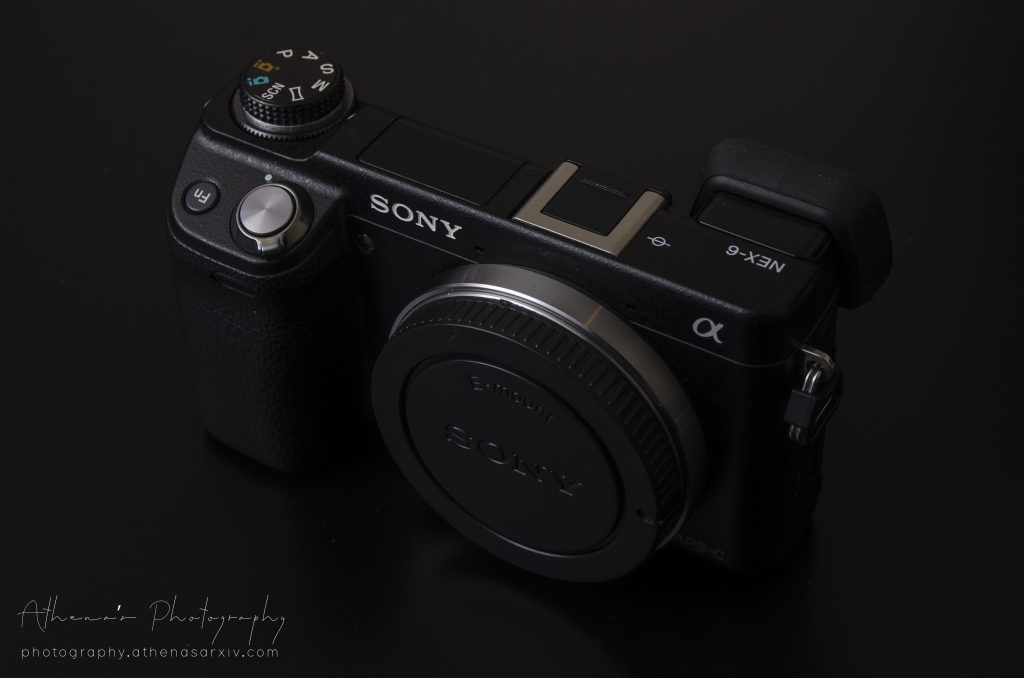Understanding the camera body is the first step to photography. After reading this article you will be able to decide whether you want to buy a DSLR camera body or a mirrorless one, and what specifications of the camera you want.


DSLR Camera
Although it is not important, you must know that DSLR stands for Digital Single Lens Reflex. The exact physics of a DSLR camera is out of scope of of this article, but if you are interested, check out this page. As of now, it is enough to know that for a DSLR camera, the light travels through the lens, and then falls on a mirror. This is the mirror which you can see when you remove the lens from the body. The light is the reflected 90 degrees and falls on a prism above the mirror. Internal reflections take place in the prism and that becomes visible through our viewfinder. While taking the picture, the mirror goes up, the shutter opens, and the light falls on the sensor.
Mirrorless Camera
The design principle of the mirrorless camera is much more simple. As the name suggests, there is no mirror in this camera, and the prism is also absent. That makes the camera much more compact. Here the light passes through the lens and directly falls into the sensor. There are viewfinders in mirrorless cameras, but it contains a small screen which replicates the light falling on the sensor. This creates some lag, and the experience is not as good as a DSLR. But mirrorless cameras are getting better with time. Modern mirrorless cameras like the Canon R6, Canon R5, or Nikon Z7 offers tough competition. The primary advantage of mirrorless cameras over DSLRs is the compact size and lighter weight.
Full Frame / FX
A full frame camera body has a large sensor, more specifically, it’s a camera with a 35 mm image sensor format. The sensor size is approximately 36 mm × 24 mm. Since it has a large sensor, it has better response to light and you can find cleaner images even for a relatively high ISO. If you are just starting, stay away from full frame cameras unless you have a significant amount of money lying around. Unless you learn to take excellent pictures, this kind of camera is a total waste of money. Don’t get me wrong, they are excellent machines and are top of the line cameras providing best possible results. But only if you know how to use it. It took me 6 years of practice and experience when I realised I need a full frame camera for better results. When you are getting started, focus on the composition and techniques which is more important than having a full frame camera.
Crop Sensor / APS-C / DX
A crop sensor (also called APS-C) camera body has a smaller sensor compared to a full frame camera. The sensor size is approximately 24 mm × 16 mm. Most entry level and mid-range DSLR have this size of sensor. I would highly recommend beginners to buy a camera with this type of sensor. It is a perfect balance between quality and affordability. In fact, many professionals use cameras with crop sensor too. The only major disadvantage of APS-C cameras compared to full frame cameras is the ISO response. Full frame cameras produce cleaner images at higher a ISO. Some wildlife photographers actually prefer APS-C cameras because of its 1.5-1.6 crop factor. If you do not yet know what crop factor is, then for now it should be enough to know that a crop factor greater than 1 can increase the effective focal length of your lens. That means better close-up pictures. Now you get why wildlife photographers like it.
Micro Four-thirds / MFT
A micro four-thirds (MFT) camera body has an even smaller sensor compared to a APS-C camera. The sensor size is approximately 18mm x 13mm. It has a crop factor of about 2. MFT cameras are not as popular among photographers compared to APS-C and full frame and I highly recommend not buying one if you want to get serious about photography. However, it is quite popular among videographers. One of the most successful MFT cameras is the Panasonic LUMIX GH4 and is quite popular among vloggers and youtubers. The Blackmagic Pocket Cinema Camera 4K also contains a MFT sensor, and it is brilliant cinema camera. But in photography, MFT is not ideal. Because of its smaller size sensor, it has a terrible low light performance. Maybe not as bad as your mobile phone or a point and shoot camera, but not acceptable for serious photographers either.
Megapixels
Megapixels of a camera define the maximum resolution of the pictures that the camera can produce. It is a misconception that higher the megapixel, better the image produced. The quality of the image has nothing to do with the megapixel count of the camera. However, a higher megapixel image can be useful if you plan to print in large formats. You must have noticed that when you zoom an image, it produces blocking artifacts after a certain level of zoom. We can zoom a higher megapixel image more closely before blocking artifacts appears. Most modern cameras (as of 2020) offer 20 megapixels and above. Older cameras (around 2010) offered around 16 megapixels, which is fine if you do not plan to print in enormous size. I still use a 16.2 megapixel camera and never felt the need for higher megapixels.
Flash options
Let me tell you that the small flash you have in your camera is useless. In most cases it makes your picture worse. If you want to learn photography more than just the basics, you will need to learn how to use the flash. The best pictures are almost never taken with the flash mounted on your camera, but you still need to make sure that your camera has the flash mount (also known as hot shoe). Some mirrorless cameras (like the Sony A5000) do not have one and avoid them like a plague unless it’s your second camera or you intend to use it for something specific like videos or IR photography. If you do not have a flash mount, forget using even a wireless flash, as the flash transmitter sits on the flash mount.
Next thing you want to have in your camera is support for High Speed Sync (HSS). Normally a bit more expensive cameras support HSS. If that price is out of your league, it is fine to grab a camera without HSS support. There are simple but clever hacks to work a way around the requirement of HSS support in a camera, but having one makes your life easier.
Auto Focus (AF) points
Many entry level DSLRs have 9 AF points, while most modern DSLRs have over 100 AF points. Does it make a difference? Yes, it does. Do you need so many AF points? Not really. But the question you need to ask yourself is that how useful is it. If you are doing sports or wildlife photography, specially birds in flight, then you definitely need over 9 focus points, else you will have a hard time focusing moving objects at high speed. More about that later, but as of now keep this in mind that AF points ranging from 39 to 61 should do the job. I do not feel the need to have anything more than that and it is probably nothing more than a marketing gimmick.
Video options
If you are buying a DSLR or a good mirrorless camera body, chances are you will get interested in videography up to some extent. So it is worth checking the video options in a camera. Cameras manufactured after 2010 normally has the 1080p video recording available. But still make sure that your camera at least records 1080p. Anything below that is hardly acceptable in the generation of 4K videos. If it records 1080p at 60 fps or higher, that’s even better as you can take some smooth slow motion shots. Practically speaking, 4K videos are overrated (as of 2020) as the extra details can only be perceived if you have a large 4K screen. There is not much difference for smaller screens (like your laptop, phone or home PC) and the extra clarity of the 4K videos often goes unnoticed to an average viewer. Also, editing 4K videos are a nightmare unless you have a computer with top of the line specs.
The next most important thing to check is if your camera supports manual control videos. Trust me, this makes a vast difference. Lack of manual control for videos in my first DSLR (which was a Nikon D5100) was the major reason I upgraded to a Nikon D7000, although the D7000 is an older model.
Connectivity options
Let’s get straight to the point. Bluetooth and WiFi in a camera are useless. You can argue with me against this until death, but I will stick to my point. Cameras are made to take pictures. If you want to transfer files, take out your memory card and use a laptop to transfer. It will be magnitudes faster. I still have a hard time figuring out why did someone come up with an idea of including Wi-Fi in a camera. Those fancy useless stuff in your camera does nothing more than reducing your battery life if turned on. The next most useless thing in a good camera is a GPS. If you think you need it, please go ahead, but I am not convinced yet even after 8 years of photography.
Although I am not sure, but my common sense says that all modern (or semi-modern) cameras contain a HDMI and a USB port. So I am not talking about those. But make sure that you have an external mic port. Some entry level DSLR does not contain one and the internal mic of a camera is terrible at its best. So if you are doing videography, you need that port to connect an external mic, even if it’s a very cheap one.

One Reply to “Understanding the camera body”
Comments are closed.